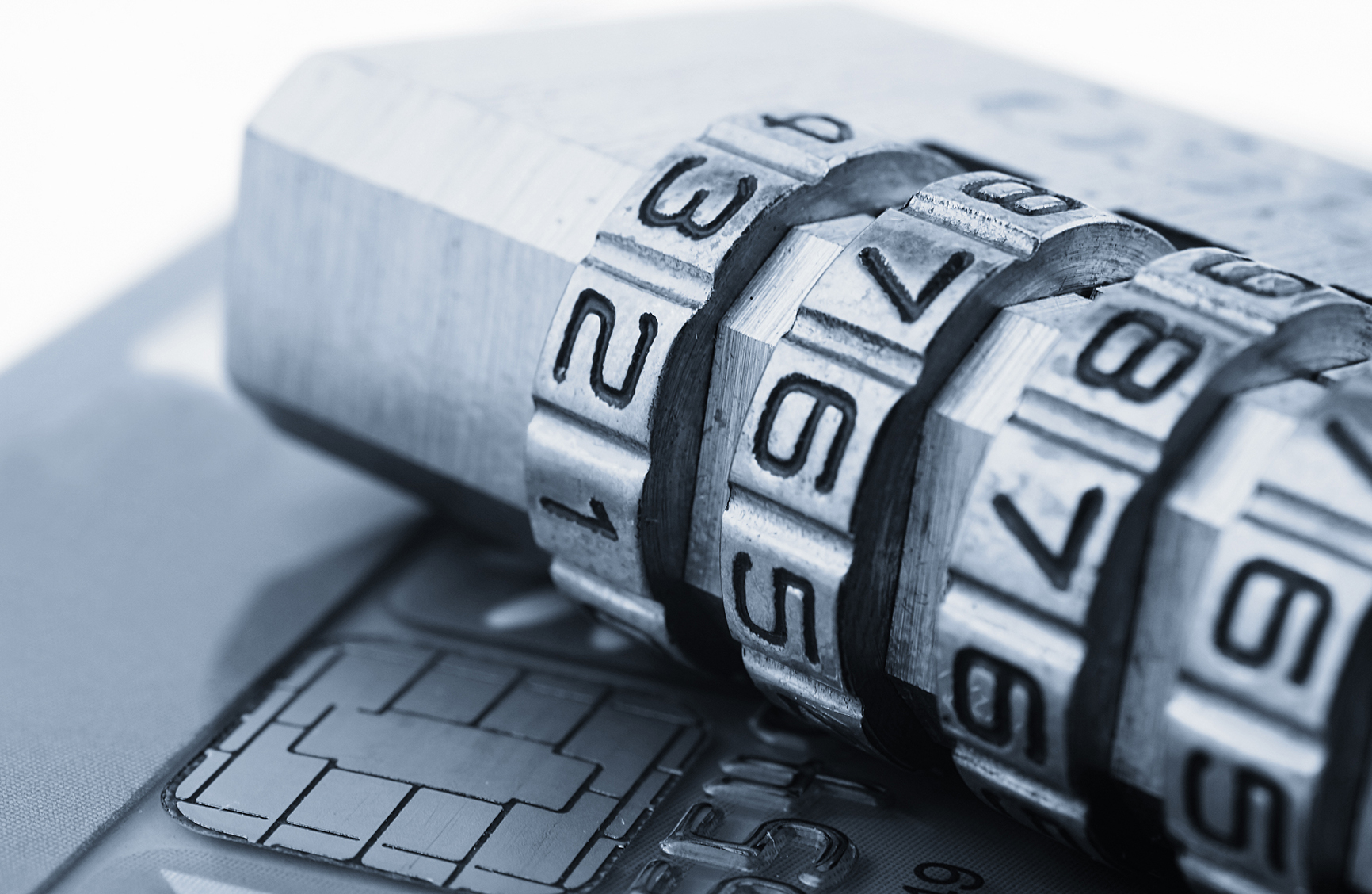There are two critical standards at the forefront of securing transactions and protecting sensitive cardholder data: PCI compliance and EMV compliance. Despite their shared goal of enhancing payment security, there’s notable confusion among business owners regarding the distinct roles and requirements of each standard.
PCI compliance refers to a set of various security guidelines designed to ensure that all companies accepting, processing, storing, or transmitting credit card information maintain a secure environment, to reduce the risk of data breaches. On the other hand, EMV technology focuses on preventing the use of counterfeit payment cards through chip technology.
Understanding the differences between PCI compliance and EMV compliance is not just a regulatory requirement but a crucial aspect of safeguarding business operations and building trust with customers. For business owners, navigating the complexities of these standards is essential to not only to adhere to legal and financial obligations but also to fortify their defenses against the ever-present threat of fraud and cybercrime.

Understanding PCI Compliance
PCI compliance, or the Payment Card Industry Data Security Standard (PCI DSS), is a set of requirements designed to ensure that all companies that accept, process, store, or transmit credit card information to maintain a secure environment. Developed by the PCI Security Standards Council, the primary purpose of PCI compliance is to protect cardholder data from theft and to secure transactions against data breaches.
By establishing a comprehensive set of standards, PCI DSS aims to reduce the risk of financial loss and identity theft associated with card fraud. These standards include measures such as maintaining a secure network, protecting cardholder data, managing vulnerabilities using fraud prevention technology and implementing strong access control measures.
For businesses that accept card payments, adhering to these standards is a mandatory requirement. This compliance is critical not only for security guidelines for safeguarding sensitive information, but also for maintaining customer trust and avoiding potential fines and penalties associated with non-compliance.
Understanding EMV
EMV stands for Europay, MasterCard, and Visa, setting a global standard for chip-based credit and debit card transactions. This technology embeds smart chips in cards, enhancing security by generating a unique code for each transaction, making counterfeit fraud difficult. EMV’s introduction has been crucial in combating the cloning of magnetic stripe cards, as the chip technology requires physical presence, adding a layer of physical security against fraud.
The adoption of EMV chip technology in the U.S. saw a significant shift in October 2015, when liability for fraudulent transactions moved to merchants without EMV chip-enabled systems. This change aimed to encourage the uptake of EMV chip technology to improve payment security. While EMV adoption is encouraged for its security benefits, it is optional. Merchants are urged to consider EMV upgrades to protect against fraud, weighing the investment against potential fraud liabilities.

The Relationship Between PCI Compliance and EMV
In the face of growing cyber threats and frequent data breaches, a multi-pronged security approach is essential for protecting sensitive information. Integrating various security measures, including PCI Compliance, ensures businesses meet rigorous data protection standards, offering a broad defense against diverse vulnerabilities.
Adding tokenization and encryption enhances this security framework. Tokenization minimizes breach impacts by substituting sensitive data with non-sensitive equivalents, and encryption makes data inaccessible to unauthorized parties. These strategies collectively create a solid security foundation, safeguarding against cyber threats and preserving data integrity and confidentiality.
The relationship between PCI compliance and EMV is often misunderstood, with some believing that adhering to one standard eliminates the need for the other. However, the PCI standards for compliance and EMV serve complementary roles in payment security and fraud prevention. PCI compliance safeguards card data throughout the payment process, setting standards to protect account data against unauthorized access and theft. In contrast, EMV targets counterfeit fraud at the point of sale by using chip technology to generate unique transaction codes, making card duplication difficult.
Businesses must understand that adopting EMV does not satisfy PCI compliance requirements, nor does being PCI compliant eliminate the need for EMV compliance, especially with the liability shift penalizing merchants without EMV technology for counterfeit fraud. Implementing both PCI compliance and EMV ensures a dual layer of security, significantly reducing the risk of data breaches and fraud, highlighting the critical need for both in securing payment transactions.
Implementing PCI Compliance and EMV in Your Business
Implementing PCI compliance and EMV technology is essential for securing your card transactions and protecting customer data. For PCI compliance, start by understanding and applying PCI DSS requirements, which include securing your network, protecting stored transaction data, encrypting data transmission, and regularly updating security measures. Training staff on security policies is also crucial.
Adopting EMV chip card technology involves upgrading POS systems to accept chip cards, training staff on using new equipment, and educating customers on EMV chip cards’ benefits. Integrating contactless payment options like NFC can enhance security and convenience as well.
Both PCI compliance and EMV compliance are vital for reducing data breach and fraud risks, ensuring secure handling of credit card data, and protecting against counterfeit fraud at the point of sale. In an era of frequent cyber threats, these measures are not just regulatory but foundational to customer trust and business integrity. Investing in these technologies helps to safeguard your business and underscores your commitment to security and privacy.
Wrapping Up
Understanding and implementing both PCI compliance and EMV card technology is crucial for securing business transactions in today’s digital landscape. Together, they provide a comprehensive defense against both digital and physical threats to payment security, essential for maintaining customer trust and financial integrity.
The call to action for businesses is clear: prioritize the implementation of a multi-pronged security approach, including both PCI compliance and EMV compliant technology within your operational practices. Doing so not only aligns with regulatory and industry standards but also demonstrates a commitment to maintaining the highest level of security and trust with your customers. In an age where digital transactions are the norm, let your business stand out as a beacon of security and reliability.
Ready to see how Clearent by Xplor can help you with a multi-pronged security approach?

by Clearent by Xplor
-
First published: March 14 2024
Written by: Clearent by Xplor

